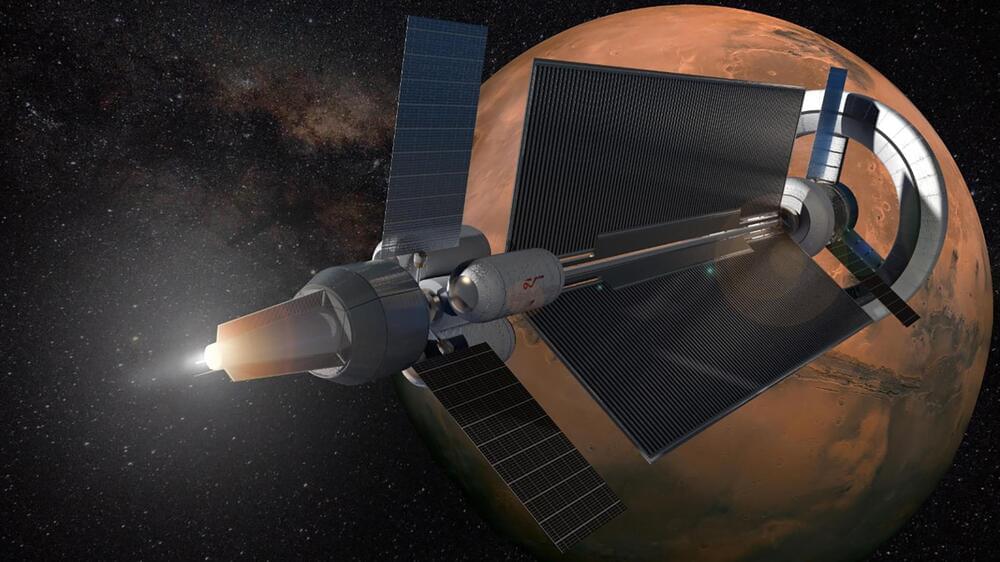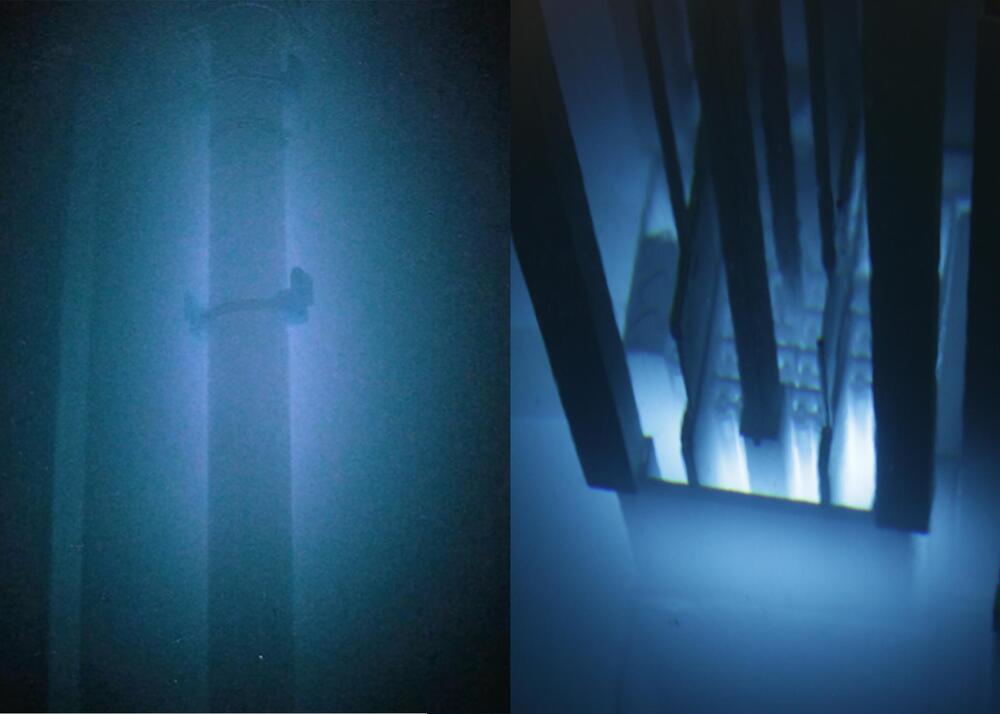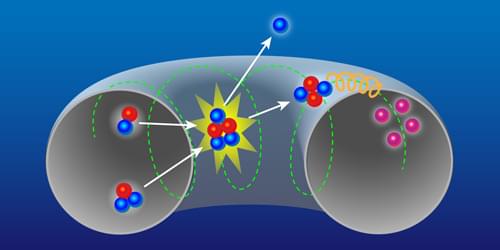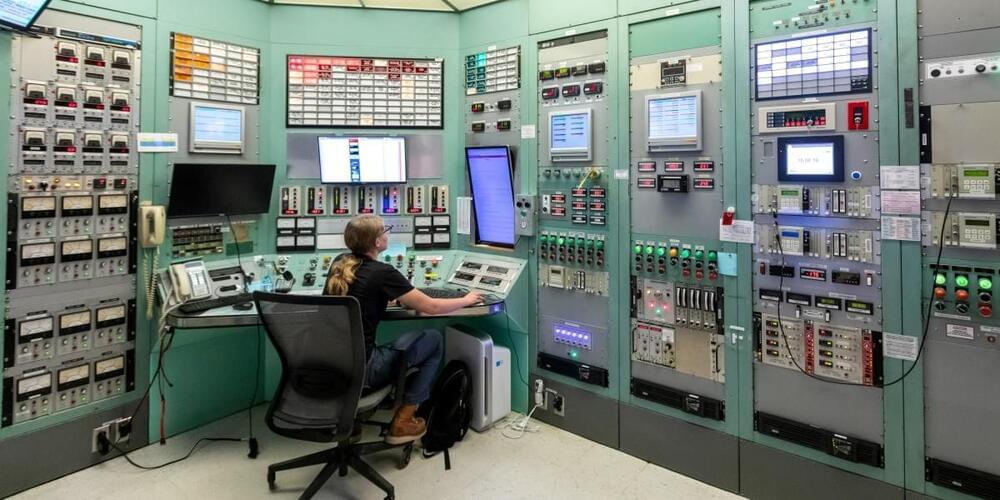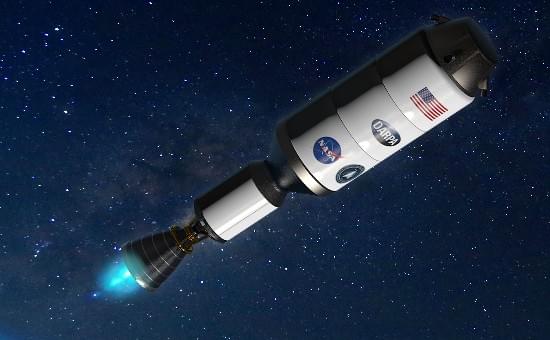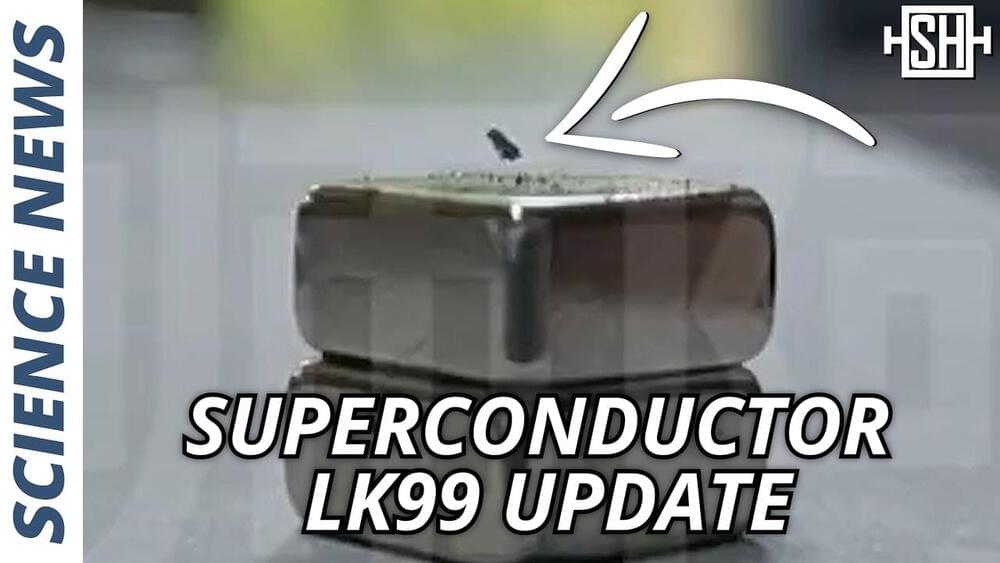Aug 20, 2023
Atomic rockets are back
Posted by Omuterema Akhahenda in categories: chemistry, Elon Musk, military, nuclear energy, space travel
While the current Oppenheimer blockbuster film focused on the destructive power of nuclear weapons, more peaceful uses of atomic propulsion for space exploration are now gaining once again momentum. ROB COPPINGER reports.
Nuclear fission and fusion power propulsion are under investigation in Europe and the US with an in-space engine demonstration planned by 2027 — with the news last month that Lockheed Martin had been selected to develop a nuclear thermal propulsion system for DARPA’s DRACO programme (see below).
